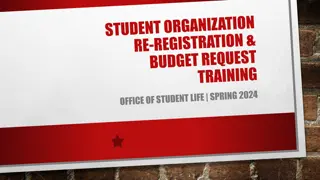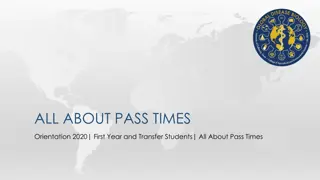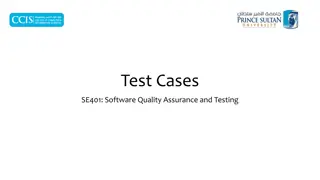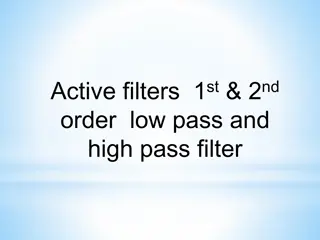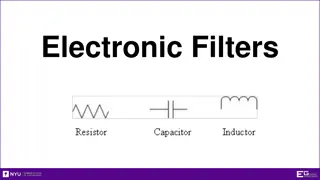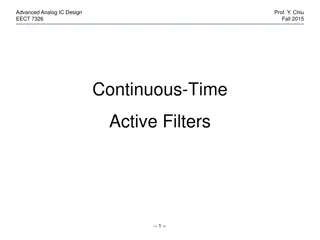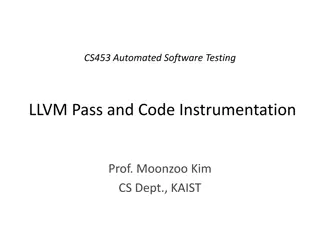Writing for PASS Blowing the Top off the Test
How to excel in the PASS writing assessment with this comprehensive guide. Includes test blueprint, scoring rubric, and sample answer document.
Download Presentation

Please find below an Image/Link to download the presentation.
The content on the website is provided AS IS for your information and personal use only. It may not be sold, licensed, or shared on other websites without obtaining consent from the author.If you encounter any issues during the download, it is possible that the publisher has removed the file from their server.
You are allowed to download the files provided on this website for personal or commercial use, subject to the condition that they are used lawfully. All files are the property of their respective owners.
The content on the website is provided AS IS for your information and personal use only. It may not be sold, licensed, or shared on other websites without obtaining consent from the author.
E N D
Presentation Transcript
Writing for PASS Blowing the Top off the Test
PASS WRITING ASSESSMENT PASS WRITING ASSESSMENT March Writing Assessment: grades 3 8 March 19: Day 1 Extended Response with prompt March 20: Day 2 Multiple-choice items
PASS Writing Test Blueprint for Grades 3 PASS Writing Test Blueprint for Grades 3- -8 8 Domain Possible Points Extended Response Possible Points Multiple- Choice Items 5-8 Content/Development 1-4 Organization 1-4 5-8 Voice 1-3 5-8 Conventions 1-4 5-8
PASS Writing Test Blueprint for Grades 3 PASS Writing Test Blueprint for Grades 3- -8 8 The extended-response item is scored using the 15 point rubric. The score will be weighted x 2. There is 1 extended response and 25 multiple choice items.
Writing Answer Document Writing Answer Document
SC Department of Education All SCDE documents are posted on Anderson One s website www.anderson1.k12.sc.us
Writing Standards Writing Standards The student will create written work that has a _____ _____, __________ ______, ________ ____________, _________ use of _____, and _______ use of the ___________ of written Standard American English. Standard 3-4,4-4,5-4
Writing Standards Writing Standards The student will create written work that has a c____ f____, s_________ d_____, c_______ o___________, e________ use of v____, and c_______ use of the c___________ of written Standard American English. Standard 3-4,4-4,5-4
Writing Standards Writing Standards The student will create written work that has a clear focus, sufficient detail, coherent organization, effective use of voice, and correct use of the conventions of written Standard American English. Standard 3-4,4-4,5-4
Descriptive Writing Descriptive Writing Descriptive Writing Paints a word picture in the reader s mind, often making use of sensory details What the writer sees, hears, smells, feels. Informational writing is used to help a reader/learner understand and visualize a process or see how key components fit together in a piece of equipment Common Examples: menus, catalogs, travel brochures, technical manuals. Key Traits: Word choice or voice The more vivid the language, the more complete and interesting the picture. Ideas are important to a good description.
Narrative Writing Narrative Writing Tells a story. Has a plot, setting and characters who have motives for what they do. Is more than a list of random events. It has a problem and solution or a challenge to be overcome. Common examples: novels, short stories, narrative picture books, plays, diaries, news stories, biographies, histories Key Traits: Organization very important. Needs a strong beginning, development of problem and great ending Key Traits: Ideas are critical.
Informational Writing Informational Writing Effective informational writing answers a key question. Sometimes based on formal research or personal experience and observation. Well supported by facts, comparisons, or quotations from reputable sources. Can have strong voice indicating the writer s passion for the topic. Examples: Journal articles, Informational brochures, Newspaper articles, Research summaries, Textbooks, non-fiction trade books, How-to manuals, Cookbooks Key Traits: Ideas (accurate, complete, interesting) Organization Voice (appropriate for audience and topic)
Teach the Writing Process Teach the Writing Process Brainstorming/Writing Rough Draft Graphic organizers Revising Editing Publishing
Revising Revising To be good at revising, students must be immersed in writer s language: read aloud often and from many sources. Revise for one trait, one error only. Use rubrics for student assessment The goal is to eliminate the problem in the writing. Class chart: Quick Checklist for Revision: Stimulating ideas, Logical organization, Engaging Voice, Smooth sentences, Correct, Accurate copy Questions: what kinds of things do writers do when they revise? Don revise everything.
SCDE Writing Matrix SCDE Writing Matrix Handouts cover it all! Posted on website General AND by Grade Level Writing Instruction by Assessment Domains Conventions Writing Instruction by Assessment Domains Conventions of Grammar Writing Instruction by Assessment Domains Traits Writing Instruction by Assessment Domains Types of Writing
How do we teach it? Writers Workshop
Students have difficulty revising Students have difficulty revising their work if . . . their work if . . . they don t have enough written to revise. they don t know how to read and assess their own writing They do not realize that writing must stand alone the writer won t be there to explain what doesn t make sense. They do not understand the difference between editing and revision and so do not spend enough time revising. They have made their writing so BIG that revision looks overwhelming.
Writing Standards Writing Standards The student will write for a variety of purposes and audiences. Standard 3-5,4-5,5-5
Content and Development Content and Development Clarity Focus a small, easy to manage topic Good information from experience, imagination or research A fresh perspective Important, helpful details that go beyond the obvious
Content and Development To communicate thought to others and include extensive and exact descriptive detail to communicate a clear understanding of the experience Effective writing is dependent on writers ability to anticipate the questions that might arise in the reader s mind.
Ideas Lessons Ideas Lessons What s Missing? Give informational article with how to steps that you have removed key steps or rearranged the steps. Have students read and determine what is missing. Shoes. Bring in shoes old, new, from another time period, etc. Have students observe and brainstorm. Have them write: an advertisement as it would have appeared if new; a poem about the owner of the shoe; a brief description of the shoe or the shoe s owner; a short story in which the shoe played an important role; write from the point of view of the shoe Quick writes
6 Things to tell your students to 6 Things to tell your students to strengthen Content and Development strengthen Content and Development Be an observer (Notice everything and everyone around you) Write small (Rather than trip to Disney World, write about your favorite ride) Pick your own topics (Students write best when they know and care about the topic) (Need practice with prompts, too) Get rid of the deadwood (Separate the good ideas from the snoozers) Don t try to tell too much (When writing about a trip, no one wants to hear about packing) Don t generalize (words like fun, good, etc. don t tell us anything as readers. Write specifics. I found out I could be four feet from a bear and not die of fright. Better than I was afraid.
Organization Organization Order and logic A snappy lead that gets the reader s attention Clear connections to a main idea In informational writing, gets to the point! Easy to follow but not too predictable A graceful ending doesn t just STOP
Organization Organization Organization refers to the logical arrangement of sentences and paragraphs in order to coherently express ideas that readers can understand and follow. Compels readers to be convinced, enlightened, or affected. If writing is poorly organized, the writer s ideas will not be clearly conveyed and readers are likely to become confused or frustrated. Good organization requires the writer to remain focused on the writing topic by establishing a clear presentation and progression of ideas.
Organization Suggestions Organization Suggestions How to Organize a Letter: The Situation Introduce your message right away. Answer the question, Why am I writing? Explanation Expand on your message. Give details. Answer the questions, What is this all about? Action Suggest what you want the reader to do: the what, when, and how. Answer the question What happens next? Create charts for good beginnings, endings. To add rigor: re-write beginnings or endings. Getting Rid of the Rubble. To add rigor: give writing with additional sentences added in. Students have to delete the sentences off topic/rearrange the order.
6 Things to tell your students to 6 Things to tell your students to strengthen Organization strengthen Organization Spend time on a good lead. (Class chart or in writer s notebook) Have a center. A main idea. A theme. Gather information in chunks. Put things together that go togther and then get rid of the filler. Try to see a pattern. Many ways to organize writing. Information is sequential. Descriptions are organized with transitions. A persuasive argument often begins with the conclusion. Link ideas together. Don t leave the reader asking questions to clarify. As you write ask, what does this sentence have to do with the main idea? End with flair. Class chart or in writer s notebook.
Writers Workshop Writers Workshop - - Organization Day 1 Goal: Teacher models how to get started with a prompt. Shares prompt, brainstorms ideas and talks aloud to organize the ideas to show what a correct response would look like. Day 2 Goal: Organize sentences with a good flow and with good organization so reader doesn t get confused. Teacher talks out loud and displays writing prompt responded to previously. Has additional sentences written on sentence strips. Reads the sentences and asks if I place this here would it make sense? The class will decide where sentences would fit. Organization
Day 3 and 4 Goal: Practice in small groups the same concept the teacher modeled. Give new prompt, students brainstorm, write sentences and organize them. Day 5 Goal: Give pairs of students several sentences. Students group the sentences by topic, helping them to organize ideas into specific categories and write a topic for the categories.
Voice Voice Moments that stick with you Relies on strong verbs and precise nouns Creates word pictures Just right language suits the topic, the audience, the purpose Has the mark of this particular writer Brings the topic to life Is appropriate for the audience, topic, purpose Shows conscious concern for readers interest or informational needs
Voice Voice Successful writers are able to decide what words will most precisely and clearly express their ideas, and what words will support their purpose for writing. Successful writers also consider their reader, choosing words that encourage a reader to connect to their ideas and intentions. When conveying experience, writers often choose words that appeal to the reader s senses and give the sensation of experiencing the event. Effective writing also involves adapting word choice, voice, and tone depending on the purpose, audience, and/or topic of a writing task. Two ways this is achieved are through voice, the writer s ability to convey a personality or attitude in language, and tone, the writer s attitude toward the topic or audience. Writers alter their manner of expression (e.g., their word choice, sentence structures, etc.) as a means of demonstrating their attitudes towards a topic or an audience.
Voice Suggestions Voice Suggestions Share excerpts from 4-5 favorite works that exemplify different types of voice. Example to ask: What kind of voice is this? What age to you think the author is? This makes me feel . . . I know the author feels . . .Is the voice based on sentence structure, a detail, conventions, ideas? Does use of voice let you know the characters do not like each other? Class chart: The Right Voice and Word Choice for the Right Audience Class chart: Bury the overused words and replace with better choices. Paul WENT down the road. Rewrite to make him happy, in a hurry, old, lost, trying to hide from someone, tired, etc. Whose voice? After author studies of 3-4 authors and teaching the voice of that author, hide the covers of the books, read excerpts and see if students can identify the author. Remind them you can recognize their writing by their voice.
Voice mini Voice mini- -lesson Introduce the word voice. Explain what it means in a writing. Share examples of voice from classroom libraries. Independent Search. Have students look for examples of voice in their independent reading. Mini-lesson: Sentence Stretching. Display small, boring non-vivid sentences. Teacher models how to rewrite the sentence changing words to make it more exciting and descriptive. Re-writing. Independently in small groups: Have students rewrite sentences by making them more exciting and descriptive. Emphasize voice and vivid word usage. Coming alive. Small group: Give students a boring, paragraph. Have them work together to add voice to their writing. Share paragraph orally. Adding Adjectives. Brainstorm a large list of adjectives on chart paper. Have students create detailed, vivid sentences using those adjectives. Create their own list of adjectives and more sentences. Using photos. Have students create sentences with voice explain what is happening in the picture. (who, what, when where) lesson
Voice Voice Good writers make many choices about language use. They decide what kinds of sentences to use and how to construct sentences to clearly convey relationships among ideas; they also purposefully arrange these sentences to enhance the organizational qualities of their writing. They choose particular words and alter how emotion and voice are expressed to clearly and effectively communicate. Effective sentence structure can also enhance the development and organization of ideas and is a device used by writers to emphasize ideas within a sentence. Alternating the length and kinds of sentences used can also make a text easier to follow and more interesting to read. Successful writers achieve sentence variety by strategically crafting shorter and longer sentences, by varying the ways sentences begin, and by using a variety of sentence types (e.g., simple, compound, complex).
6 Things to tell your students to 6 Things to tell your students to strengthen Voice strengthen Voice Be yourself You want your voice to have your personality, your fingerprint; When you call someone on the phone and they recognize your voice; You want that in your writing. Match voice to purpose A mystery told around a campfire has different voice from a letter written to the principal. Think of your audience Picture your audience when you write. Make your writing interesting. Don t bore them. Read. Find authors whose voice you like to read. Pattern your writing after them. Pull those books out and read when you get stuck. Know your topic You can write with confidence when you know your subject. Model voice writing like a letter. Letter writing is a great way to practice voice.
Conventions: Grammar, Usage and Conventions: Grammar, Usage and Mechanics Mechanics Grammar is the system through which a given language is ordered according to an agreed-upon set of internal rules; mechanics refers to conventions of capitalization, punctuation, and spelling. Good writers have a command of grammar, usage, and mechanics so that only minimal errors in their writing.
Conventions Conventions Looks clean, edited, proofread Easy to decode and follow conventions enhance meaning No BIG, GLARING errors that distract the readers or distort the message Correct spelling, punctuation, paragraphs for new topics, capitals used appropriately, Varied sentence length
Conventions Lessons Conventions Lessons Practice everyday! Keep it short. Don t waste time on DOL. Create your own for the next day by what you see in student writing. Teach editing symbols (one error at a time). Teacher models. Students practice on a short, focused text that is not their own. To start, tell them how many errors there are. (Remember editing is also checking to see if your name is on your paper). If students struggle editing, start with first line, then first two lines, etc. To add rigor: have students write a paper with errors and give to partner to mark.
Conventions (Editing) Conventions (Editing) Mini-lesson: Example simple + simple = compound. Display two sentences and have students combine the sentences to create a compound sentence. Practice examples together. Mini-lesson: Comma, Comma Where? Give each student a passage with no commas. Have them mark where commas belong. Share correct answers. Mini-lesson: The Goofs http://jc-schools.net/write/goofs/ Choose one of the powerpoints to do in class. Use white board. Have students write their answers. Review as necessary. Mini-lesson: Be a Teacher for a Day. Give students written papers that have mistakes and have them correct the conventions. Go over in class.
6 Things to tell your students to 6 Things to tell your students to strengthen Conventions strengthen Conventions Edit two ways. When using a computer to write, read and edit on screen but always print a hard copy and look again. Read from the bottom up. When looking for spelling errors, read from the bottom up. You focus on spelling and not on content. Make all rough drafts double spaced. Give yourself room to read and room to work. You can edit on the extra lines. Learn copy editor s symbols. Start in the middle. After you have edited your piece, do it once more starting in the middle. Be a sleuth. Learn to have editor s eyes.
Publishing Publishing Final draft Sharing with peers Sharing with class
Tips to Remember Tips to Remember Do teach students to stay on topic and include sufficient details Don t teach students that they must fill up the page. Points will be deducted.
Resources http://writingfix.com/index.htm (WritingFix Home of Interactive Writing Prompts) www.reading.org (International Reading Association website) www.ncte.org (National Council of Teachers of English) www.teachingchannel.org (videos) http://nces.ed.gov/nationsreportcard/itmrlsx/def ault.aspx (National Assessment of Educational Progress) sample questions www.thinkcentral.org (Journeys website) http://www.writesmart.com/educators.html
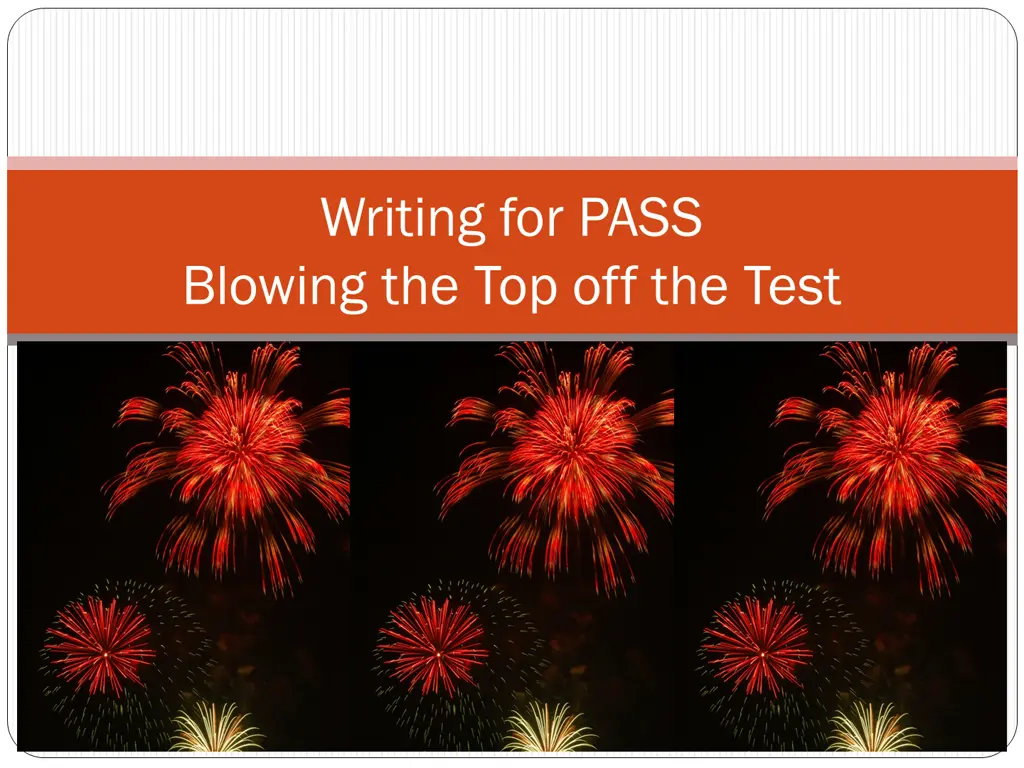
 undefined
undefined















